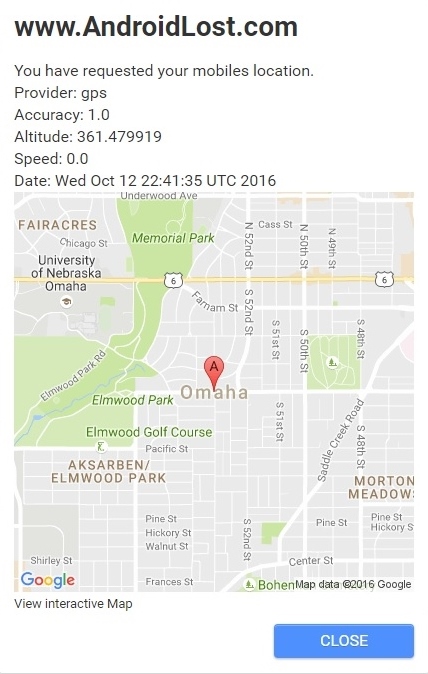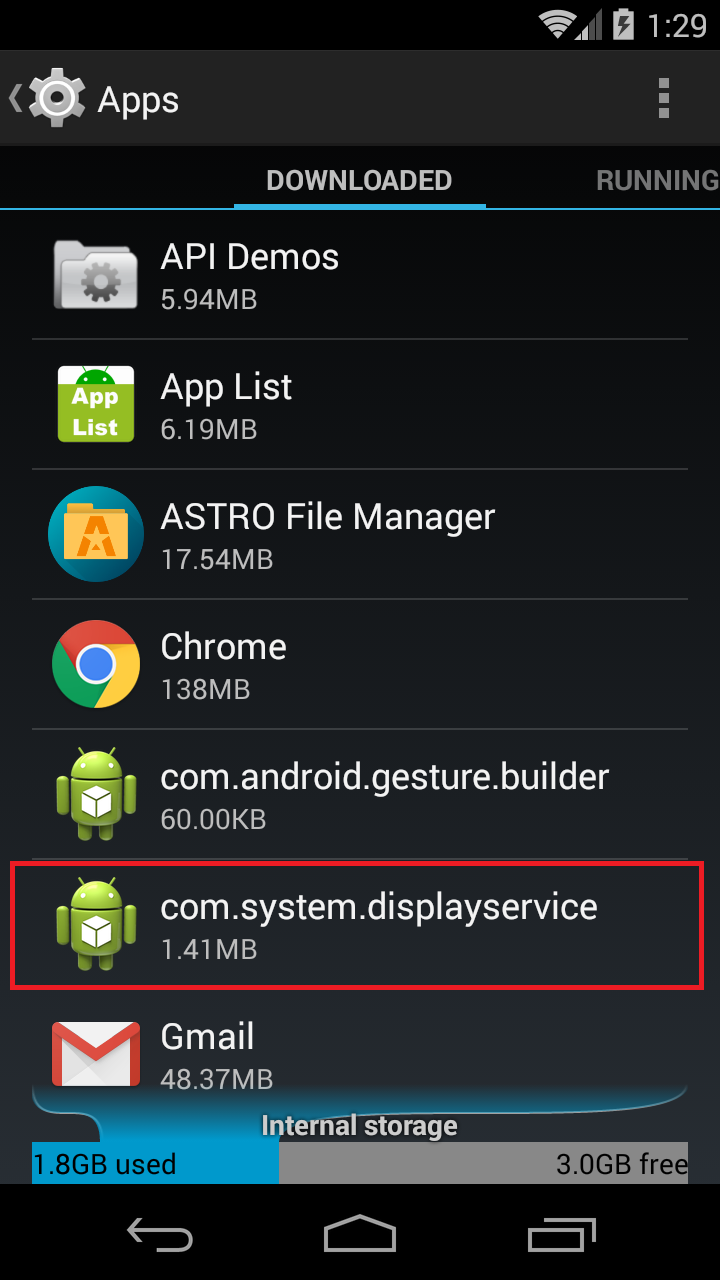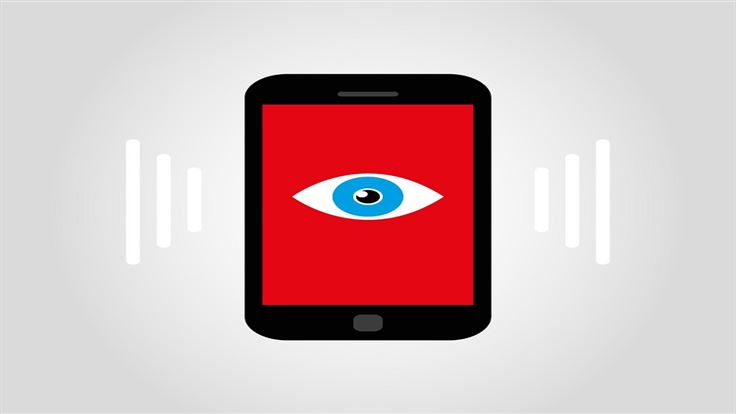Recently, we have received an alarming question from many Malwarebytes users, asking, “Do you detect stalkerware?” The answer is an overwhelming, “Absolutely, and for good reason!” Moreover, we have been doing so for a long time, and are expanding our efforts in the months to come.
Going back more than five years, Malwarebytes researchers have detected applications and software that monitor other people’s online behavior and physical whereabouts. Our firm belief then is what we hold to be true now: People who are being watched have a right to know. And, taking that a step further, people should be able to consciously choose which applications and software are on their machines.
It’s your device, your choice. But when it comes to stalkerware, we know it’s not as simple as that—especially for victims of domestic abuse. So that’s why we launched a concerted effort to build a more comprehensive list of stalkerware and block it via Malwarebytes for Android, as well as Malwarebytes for Mac and Windows. (Malwarebytes for iOS no longer has scanning capabilities because of Apple constraints.)
Over the last month, we analyzed more than 2,500 samples of programs that had been flagged in research algorithms as potential monitoring/tracking apps, spyware, or stalkerware. Our database of known stalkerware has now increased to include 100 applications that no one else detects, including seven that are, as of presstime, still on Google Play.
In addition, we’ve partnered with local shelters, nonprofit groups, and law enforcement, as well as other security professionals, to share intel and build awareness. Our aim is to protect domestic abuse victims on and off their devices. Stay tuned for more blogs with advice on what to do if you find stalkerware on your phone, and how parents and other individuals can determine if a monitoring app is safe to use.
What is stalkerware?
The term stalkerware can be applied to any application that can be used to stalk/spy on someone else. Stalkerware is often marketed as a legitimate mobile tracking program to keep tabs on loved ones, especially children. Some of these programs are used above board by families keeping a close eye on their kids’ devices or users looking to find lost phones/laptops. However, these programs are often misused—to the detriment of their victims—who can now be found wherever they are going, even if they are trying to get away from abusive partners or other dangerous individuals.
What can stalkerware do?
To get to what stalkerware can do, let’s first look at the longtime mobile threat category monitor, which is a subset of potentially unwanted programs (PUPs). Because some of these stalkerware applications can be used legitimately, they are currently flagged as programs users might not potentially want on their phones. However, once presented with what stalkerware can do (or once gaining knowledge of a program that’s been installed on their device without consent), many users will likely want to delete these apps.
To see how scary a monitoring app can be, for example, I invite you to read Mobile Menace Monday: beware of monitoring apps. To highlight, here is a list of information a monitoring app/stalkerware can gather— all of which can be sent to a remote user.
- GPS location
- Pictures taken with front/rear camera (unbeknownst to user)
- SMS messages
- Call history
- Browser history
- Recorded audio via device mic
- Email accounts stored on device
- Phone numbers in contact list
- IP address of device

Even scarier, some of these apps are easily available on Google Play. More on that later.
A step further
Outside of Google Play, there lives a malevolent class of malware known as spyware. It has all the features of monitoring apps along with even more information-gathering capabilities. This information is readily available to stalkers with real-time data on every step of their victims. In addition, spyware can be uploaded and remain undetected, stealthily hiding its presence deep within mobile or desktop devices.
However, stalkerware can achieve much the same results as spyware, and it’s more readily available on the market. These applications represent real-life threats to domestic abuse victims, who can readily be tracked down (along with their children), even when hidden in shelters.
In expanding our efforts to block stalkerware, we are working side-by-side with shelters, non-profit organizations, other AV vendors, and law enforcement agencies to collect as many samples of stalkerware as we can, and train victims on what to do if they suspect they are being tracked. This is a matter of personal security for victims, and we take their safety seriously.

Hard stance on monitoring apps
There is a small set of monitoring apps actively available on Google Play. These apps advertise themselves as helping hands for finding lost or stolen mobile devices, or for keeping track of younger children in the family.
Admittedly, there is an argument that these apps can indeed be helpful in both of those cases. Nevertheless, the potential to have the same appalling outcome as spyware exists. For this reason, we aggressively detect monitoring apps, even if they are in Google Play.
If users have knowingly and willingly downloaded monitoring apps to their own devices, they needn’t delete them when we detect them. Directions on how to keep a program that you know and trust that we’ve flagged are here for Windows users. For Android users:
- Run a scan.
- On the results screen, below each checkbox is drop-down arrow. Click on the arrow.
- From the list of options, select “Ignore Always.” Future scans will no longer detect the app as suspicious.
Call to action
Historically, apps that fall under the stalkerware umbrella have been extremely difficult to track down. That’s why we are calling on our patrons to help! Please reach out if you or someone you know suspects an app can be used to stalk its victims—and especially let us know if Malwarebytes for Android does not currently detect that app. You can do so via our Malwarebytes Support Forum or by submitting a ticket with Malwarebytes support.
In addition, look out for our next article on stalkerware that aims to provide victims with guidance on how to tell if their device has stalkerware installed, and what to do if that’s the case.
Dedicated to protecting you
It is a haunting reality that technology can be used for abusive purposes, especially those with horrifying physical outcomes. With most malware, some far-off threat actor is making a profit off of strangers by selling their data, zapping their CPU, or scamming them into handing over a few hundred dollars. Although dirty, no one is physically harmed.
With stalkerware, there is a real-life threat with dire consequences.
There is no more important task for a cybersecurity company than to protect its users from harm—and stalkerware opens the door to the worst form of it. This is a pursuit that all of us on at Malwarebytes take on with upmost gravitas. We hope you will join us in the fight.
Stay safe out there!










